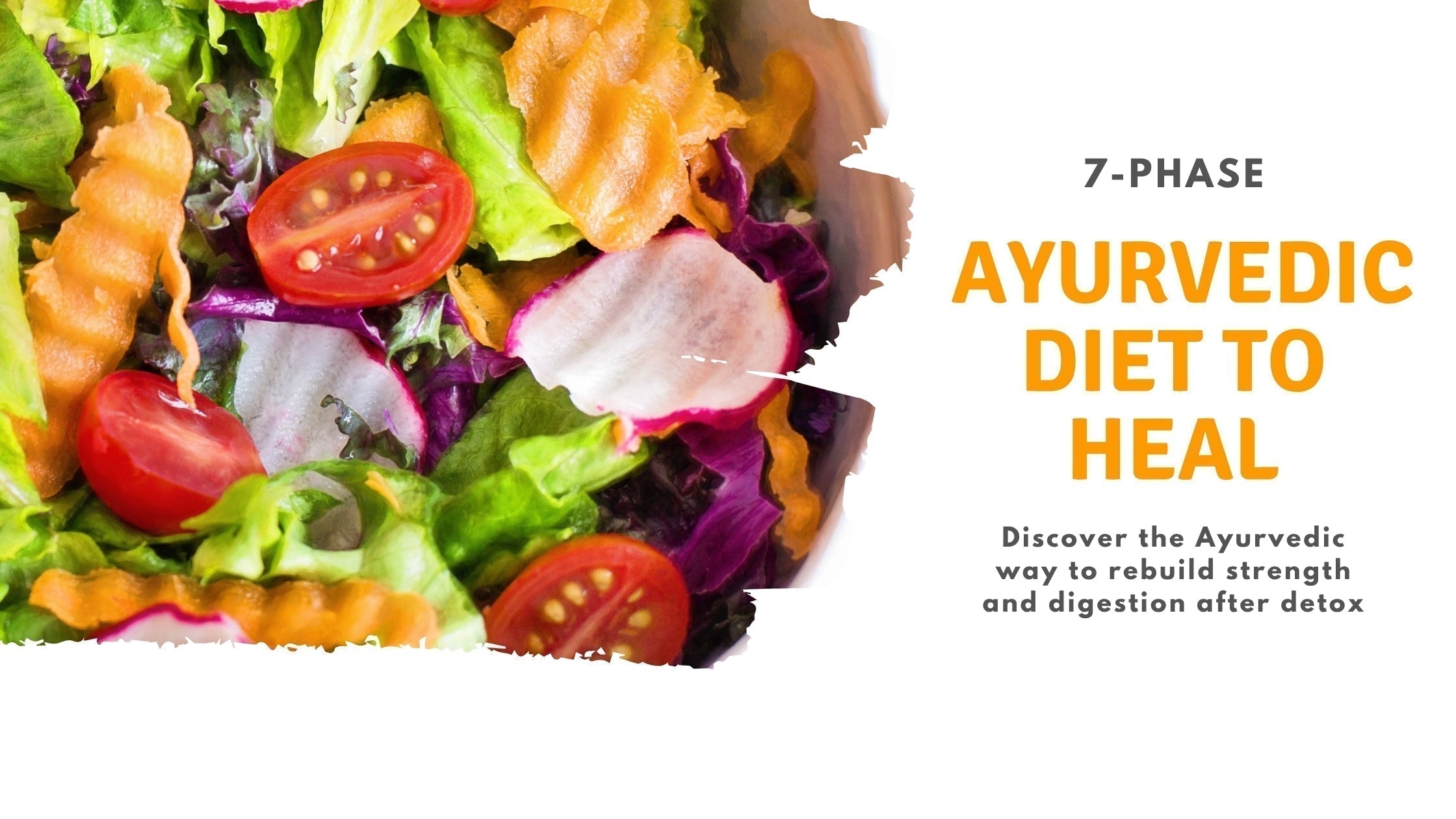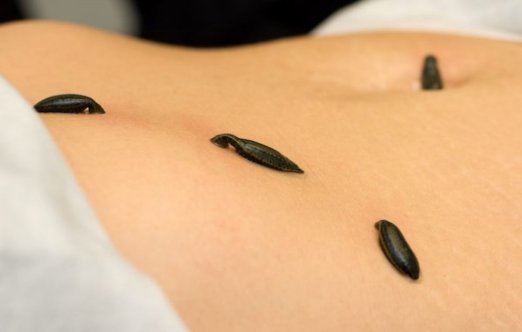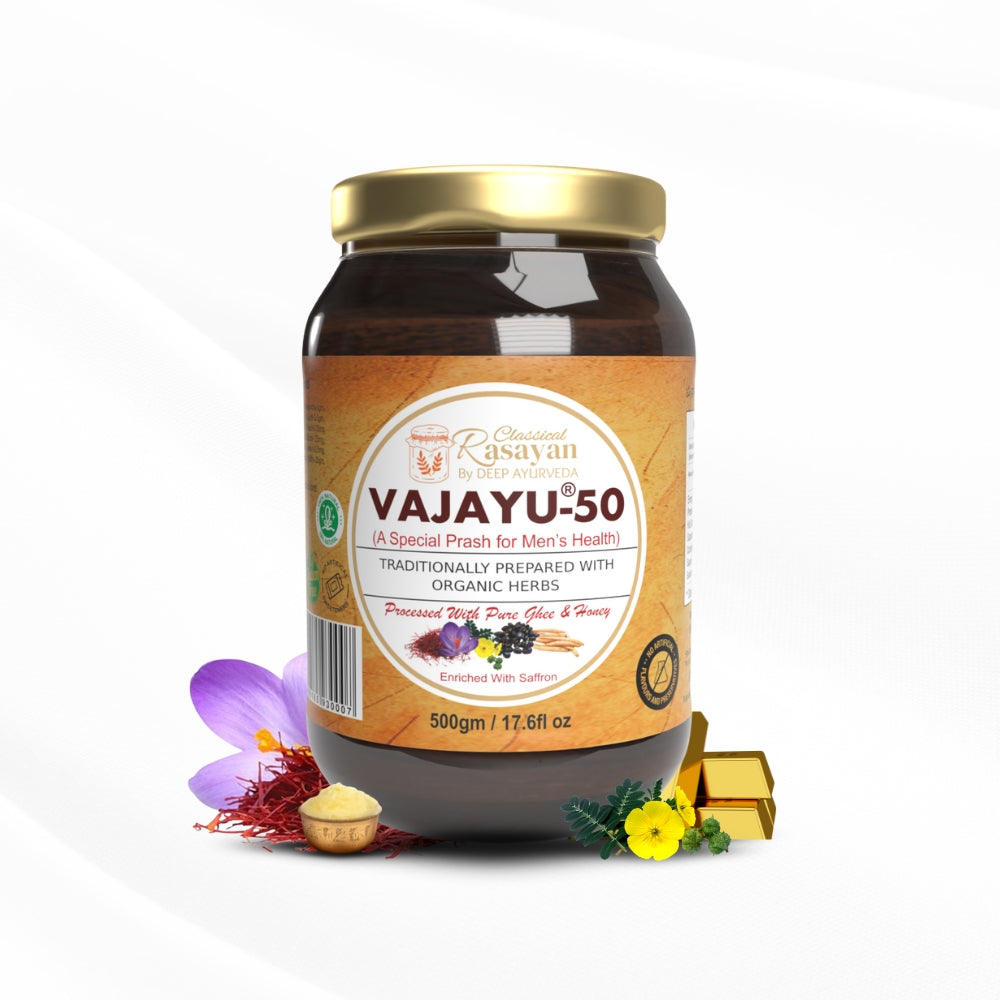Panchkarma Recovery Diet: 7-Phase Samsarjana Krama Guide
Panchkarma is a series of detoxification therapies in Ayurveda, aimed at cleansing the body of deep-rooted toxins (Ama) and restoring dosha balance. However, the healing process doesn't end with detox alone. After Panchkarma, the digestive fire (Agni) becomes weak. To nourish and rebuild it, following a specific post-treatment diet called Samsarjan Krama is extremely important.
In this blog, we will explore the importance of Samsarjan Krama, its 7 gradual dietary phases, and how to plan your Panchkarma recovery diet for long-lasting health benefits. These guidelines are also a part of a holistic Ayurvedic lifestyle.
What is Samsarjan Krama?
Samsarjan Krama is a sequential, post-detox dietary plan in Ayurveda that slowly reintroduces food into the system after therapies like Vamana (therapeutic emesis) or Virechana (purgation).
The principle of Samsarjan Krama is to gradually move from light, liquid foods to denser, more nourishing foods as digestive strength (Agni) improves.

Why is Samsarjan Krama Important?
- Restores Digestive Fire (Agni): A carefully structured diet reignites the weakened digestive fire.
- Prevents Disease Relapse: Proper dietary care ensures that Ama (toxins) don’t accumulate again.
- Enhances Tissue Nourishment: Supports healthy formation of bodily tissues (Dhatus).
- Long-Term Results: A structured Ayurvedic post-detox diet helps sustain the benefits of Panchkarma treatment for months or even years.
The 7 Phases of Samsarjan Krama
1. Peya – Thin Rice Gruel
A watery rice soup made with a large amount of water and a small quantity of rice. Light, easy to digest, and stimulates the digestive fire.
2. Vilepi – Thick Rice Porridge
When Peya is digested well, slightly thicker rice porridge is introduced. It is more nourishing yet still easy on the gut.
3. Akrita Yusha – Thin Vegetable Soup (No Seasoning)
Light broth made from easily digestible vegetables like pumpkin, bottle gourd, or carrots. No salt, oil, or spices are added.
4. Krita Yusha – Seasoned Vegetable Soup
The same broth, now enhanced with mild spices like cumin, ginger, a pinch of rock salt, and ghee for flavor and digestion.
5. Akrita Mamsa Rasa – Plain Meat or Dal Soup
Non-vegetarians may consume clear, unsalted meat broth. Vegetarians can opt for plain chana soup or moong dal water.
6. Krita Mamsa Rasa – Seasoned Broth with Ghee & Spices
The same broth, now enhanced with mild spices and ghee. Vegetarians may choose light khichadi or dal soup with minimal seasoning.
7. Normal Diet Introduction
Once digestion is strong, you may resume a balanced Ayurvedic diet—still avoiding fried, processed, or overly spicy foods.
Tips for Following Samsarjan Krama Successfully
- Only move to the next phase if the previous one is digested without heaviness or bloating.
- Eat small, frequent meals.
- Prefer warm, freshly cooked foods.
- Minimize stress to support Agni.
- Practice mindful eating—avoid distractions during meals.
Key Benefits of Ayurvedic Post-Detox Diet
- Boosts nutrient absorption
- Rebuilds immunity and vitality
- Stabilizes emotional and mental health
- Balances metabolism and digestion
- Promotes longevity through a clean and healthy gut
Personalized Panchkarma & Post-Detox Diet at Deep Ayurveda
Looking for expert help in your Panchkarma recovery journey?
At Deep Ayurveda, we offer:
- Authentic Panchkarma Treatments (Explore Panchkarma Treatments »)
- Dosha-based detox plans
- Personalized post-Panchkarma diet planning
- Herbal support to restore Agni and prevent Ama
Explore our Ayurvedic solutions like the Digestive Care Pack » to support gut health during this crucial recovery phase.
For more Ayurvedic lifestyle tips, visit our Ayurveda Blog Section »
Conclusion
Samsarjan Krama is the essential bridge between Panchkarma detox and your return to regular life. Choosing the right post-Panchkarma food, following the seven phases carefully, and restoring your digestive fire ensures long-term healing and balance.
Experience the full potential of Ayurveda by embracing Samsarjan Krama—the ancient way to recover, rejuvenate, and rebuild from within.






